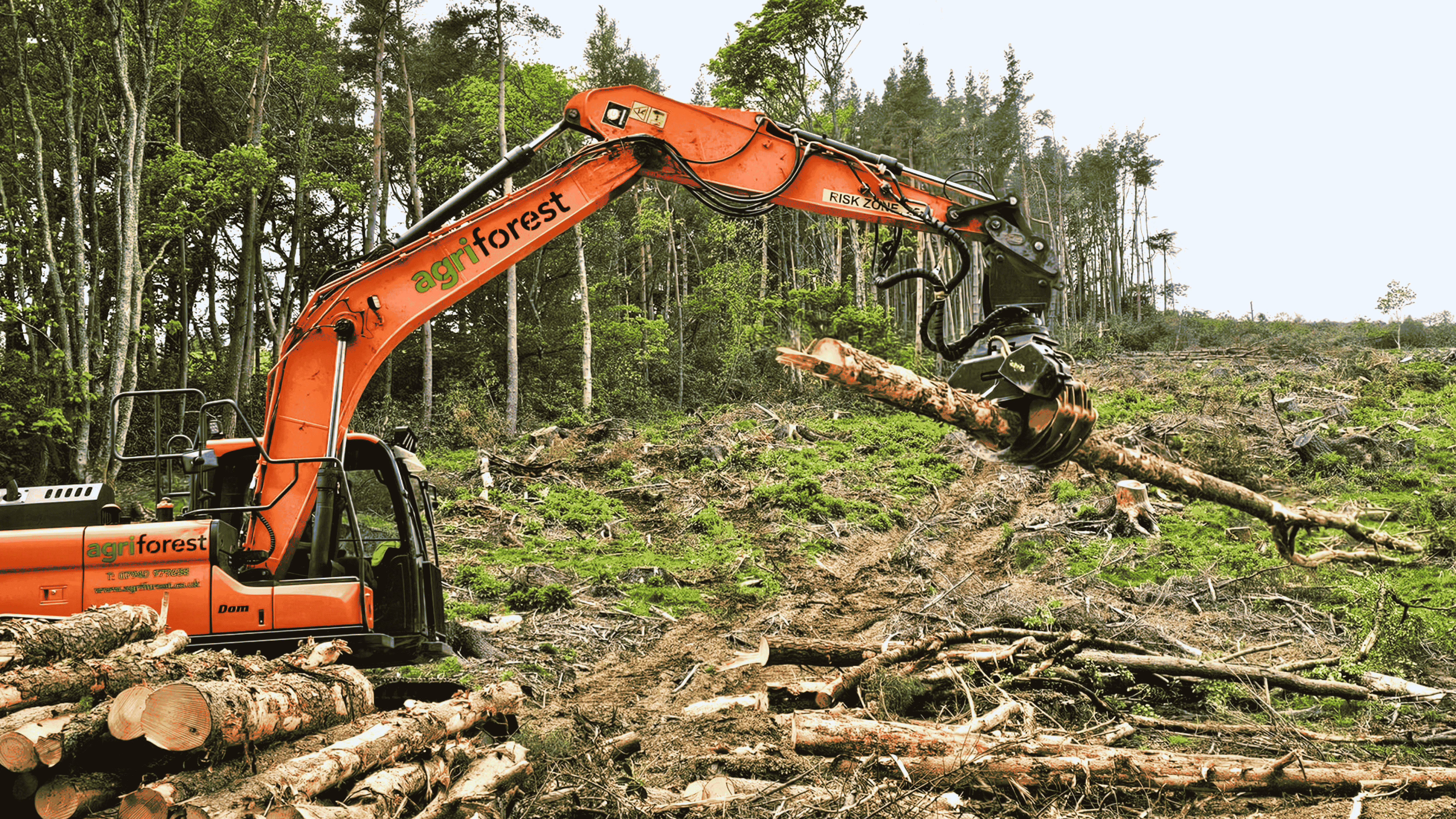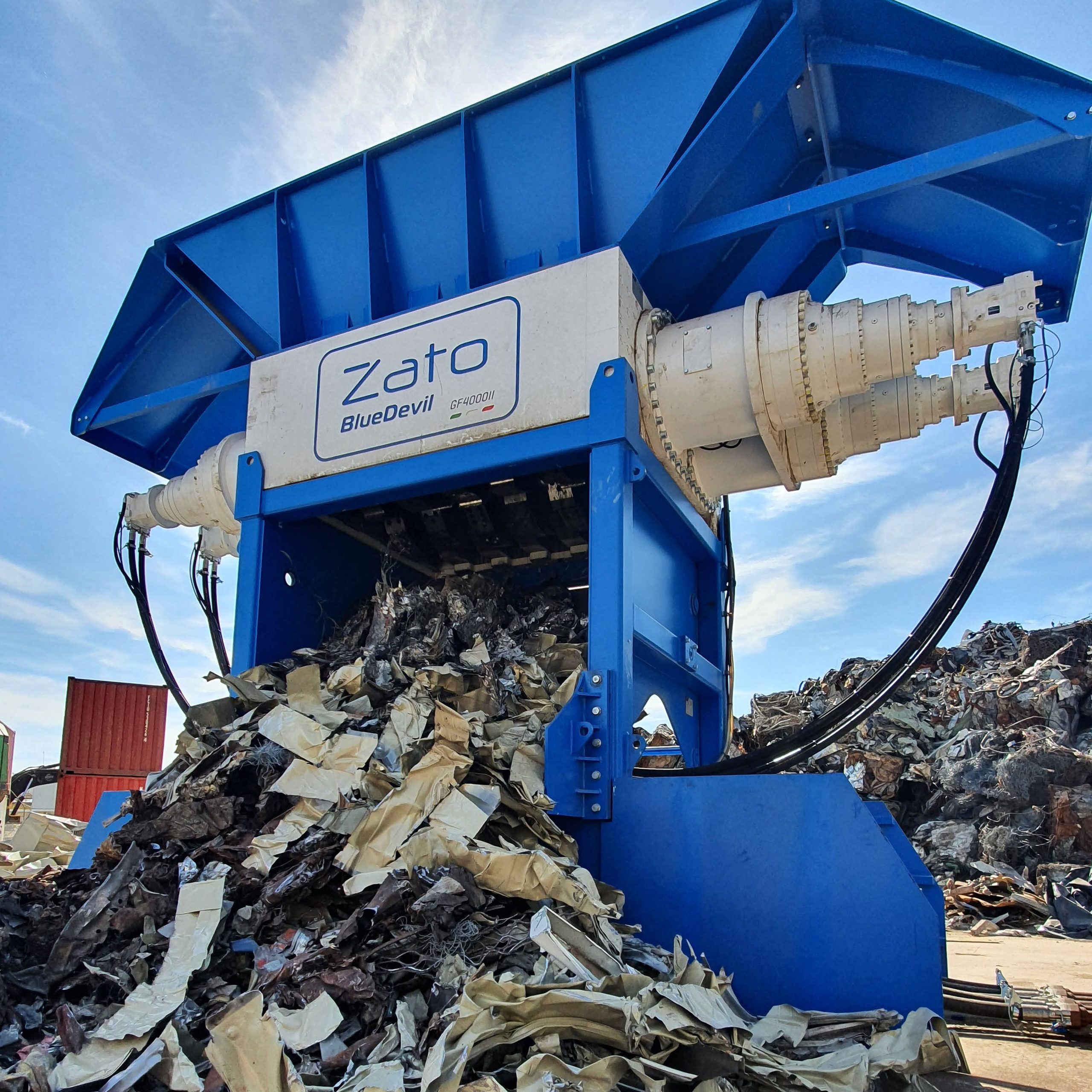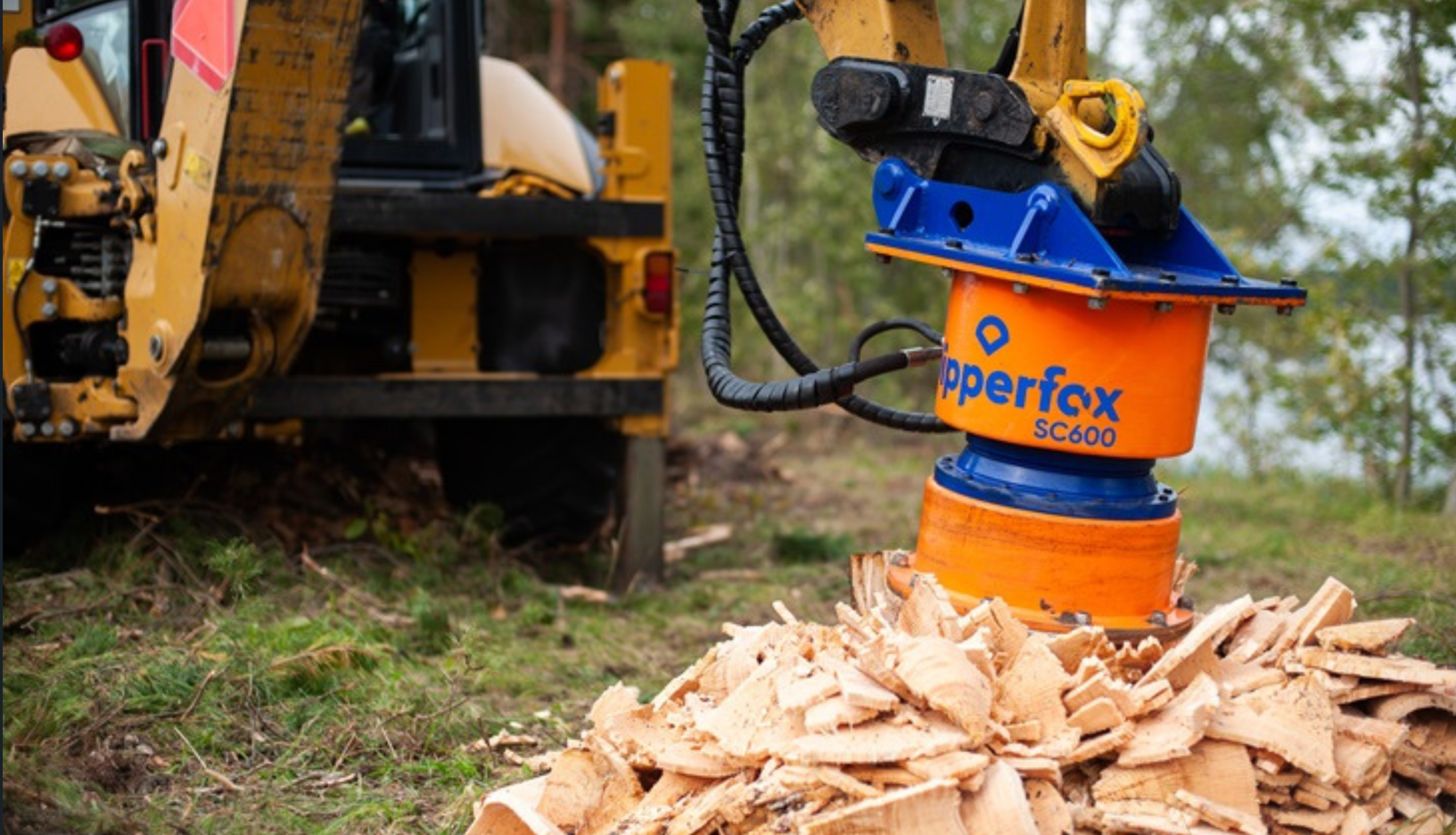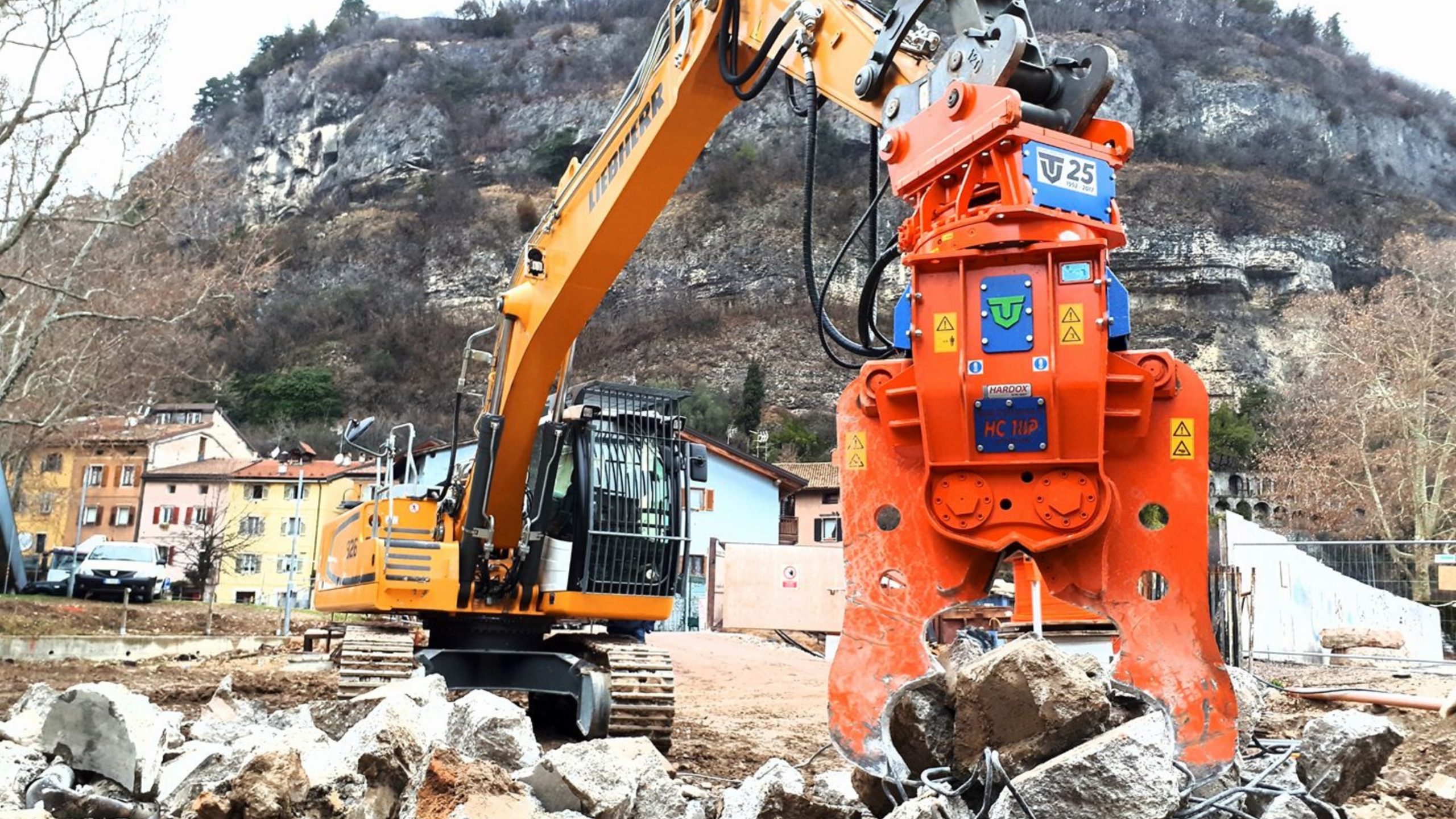
Primary vs. Secondary Pulverisers in Demolition: What You Need to Know
Demolition is an important part of the construction and infrastructure industries as it makes way for exciting new builds. Today, demolition is a competitive trade with an increasing need for efficiency and precision among operators.
Demolition jobs are typically broken into two main stages – primary and secondary demolition. Each stage deals with materials in different ways, and therefore it’s critical to have the right excavator attachment for each job.
This blog explains the difference between primary and secondary pulversiers, the tasks they tackle and how to choose the right pulveriser attachment for your operation.
What is the difference between primary pulverisers and secondary pulverisers?
Primary Pulverisers
Primary Pulverisers are the first tools on site as they are designed for the first round of demolition tasks. Their large, powerful jaws are ideal for breaking down buildings, bridges and other concrete structures into a pile of big pieces.
Primary Crushers can vary greatly in size, with units weighing in the range of 250kg to 28700kg for excavators from 5 to 200 tonnes.
Secondary Pulverisers
Once the primary pulveriser has done its job, the secondary pulverisers move in. The task of secondary crushers is to break down debris into smaller, manageable pieces for transport to a disposal area. Their smaller, more nimble design also allows them to separate rebar from concrete chunks to be recycled as scrap metal.
Secondary Pulverisers are typically much smaller than primary pulverisers, with units weighing in the range of 460kg to 6430kg for excavators from 5 to 95 tonnes.
Important features to look for in primary pulverisers
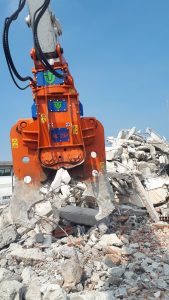
If you’re in the market for a primary pulveriser, these are the features to keep an eye on.
- High Crushing Force: Ability to tackle reinforced concrete and tough materials.
- Durability: Built with wear-resistant materials to handle tough tasks.
- Jaw Opening Size: Wide openings for efficient handling of large structures.
- Compatibility: Adaptable to your excavator model and size, especially for high reach applications
- Speed and Efficiency: Pulverizers with booster system have higher power force compared to standard models.
At Machinery Specialist, we supply the Trevi Benne HC Series Primary Crusher. With 18 models available and best-in-industry features, it has the range and quality to meet the needs of every primary demolition operation.
Important features to look for in secondary pulverisers
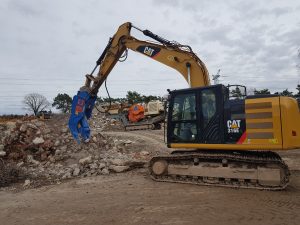
If you’re considering purchasing a secondary pulveriser, make sure to look for these features.
- Precision in Material Sorting: Separation of concrete and rebar for recycling.
- Fixed or Rotating: Rotating pulverisers may also be able to tackle some primary demolition tasks.
- Pivot pins size and distance: Stronger pulverisers use bigger pins with more surface area. They are designed with optimised gemometry of distance between pivot points to increase durability and force
- Optimised Crushing Teeth: For finer crushing of smaller debris and protection from wear.
- Multiplier Valve: Can increase cycle times for faster operation.
- Ease of Maintenance: Replaceable teeth and low-maintenance hydraulic systems.
Machinery Specialist is proud to supply both fixed and rotating secondary pulverisers from Italian maker Trevi Benne. Made from wear and abrasion-resistant Hardox® steel, they are optimally designed for high performance, quality and longevity.
Conclusion
To recap, the difference between primary and secondary pulverisers is in the stage of demolition that they handle.
A primary pulveriser is a large, powerful attachment for breaking down structures, while a secondary pulveriser is a smaller, more agile attachment for breaking down rubble into smaller pieces and separating rebar for recycling.
There are many important features to consider in both attachments, and matching the right model to your excavators is essential. Well-chosen pulveriser attachments can greatly improve the efficiency, safety, and cost-effectiveness of your demolition operations.
Our team is always happy to chat further and recommend the best models for your setup and goals.

